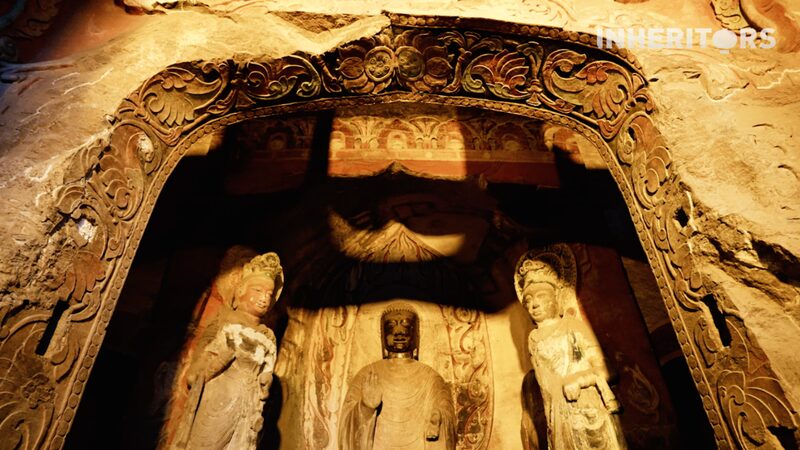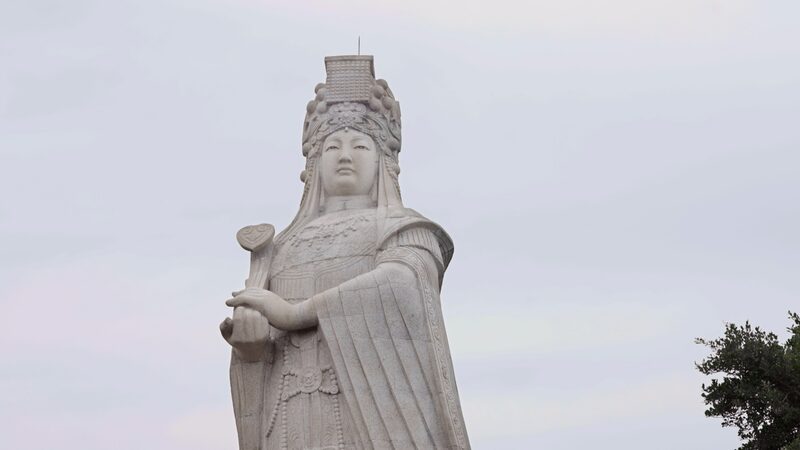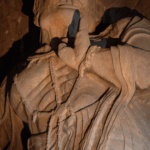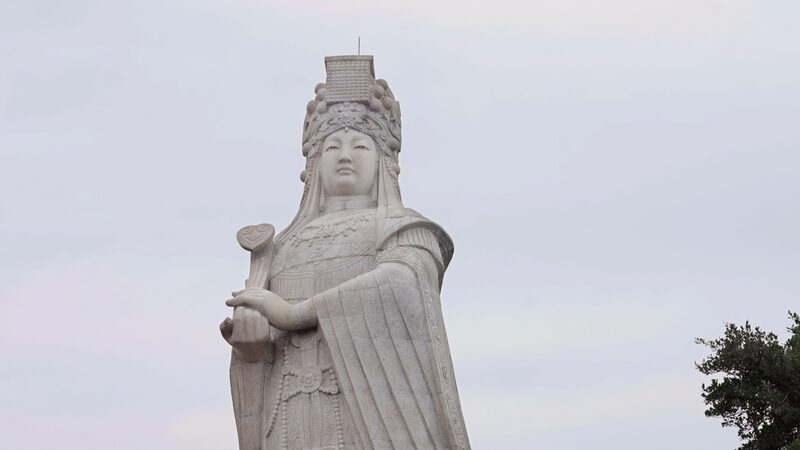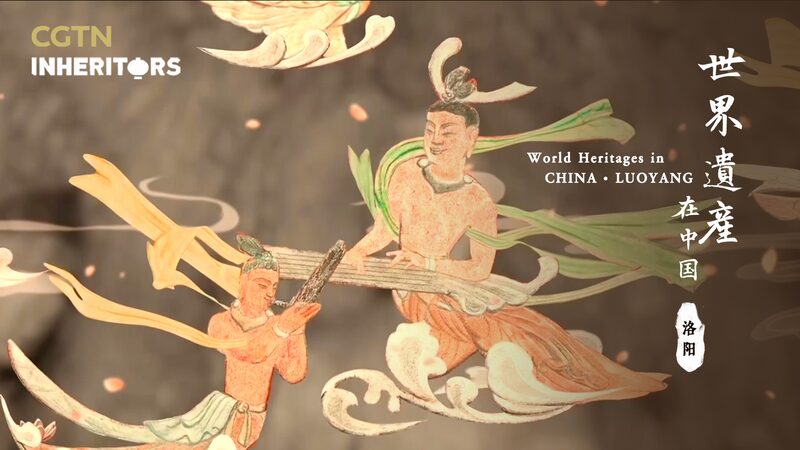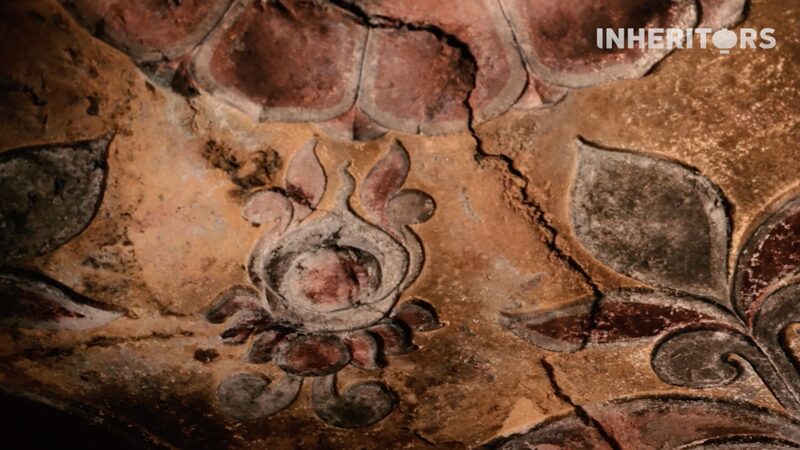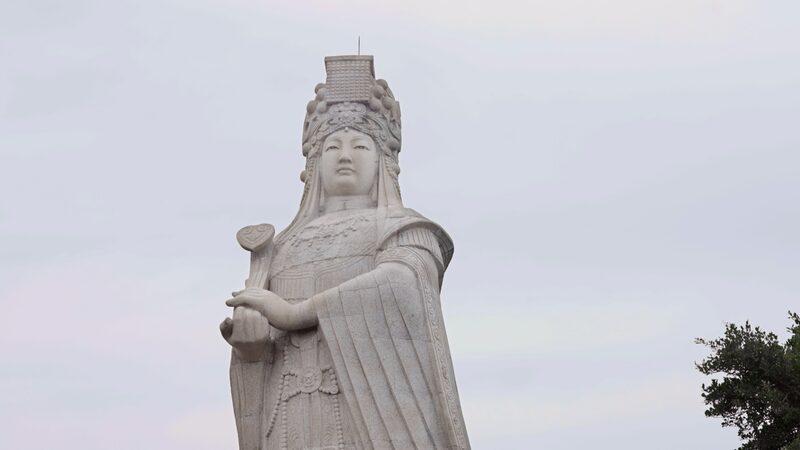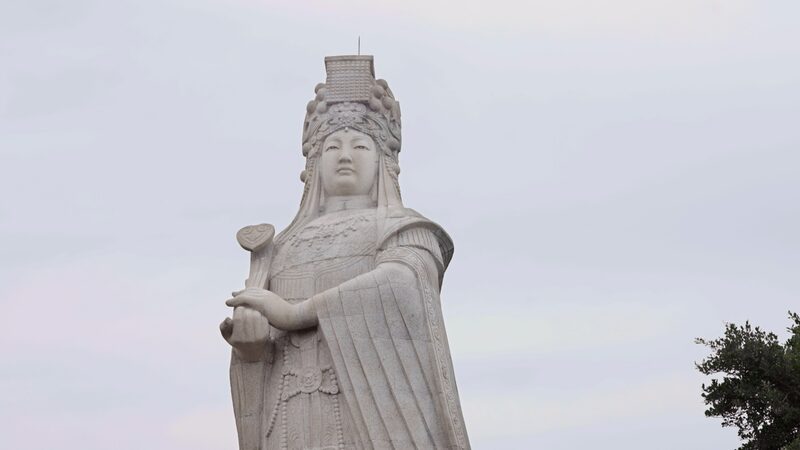At the Xiangtangshan Caves in Handan, Hebei Province, intricate honeysuckle patterns adorn the statues within the grottoes, showcasing a remarkable blend of Indian Buddhist and traditional Chinese artistic influences. These patterns emerged with the introduction of Buddhism into China, marking a significant cultural synthesis.
The honeysuckle motifs are not merely decorative; they represent a diversified approach to Buddhist art, integrating native Chinese design elements with imported Buddhist symbolism. This fusion has resulted in a unique aesthetic that distinguishes the Xiangtangshan Caves as a site of high artistic and research value.
Scholars and art enthusiasts alike appreciate the Xiangtangshan Caves for their contribution to the understanding of cultural interchanges between India and China. The resulting art forms offer insights into the ways Buddhism was adapted and embraced within Chinese society, leaving a lasting legacy evident in these beautiful decorative patterns.
Reference(s):
cgtn.com
